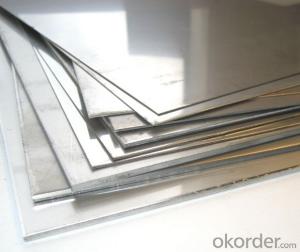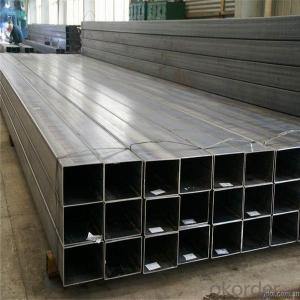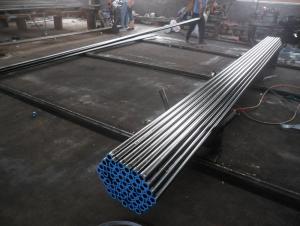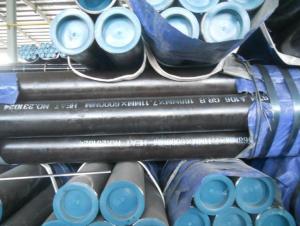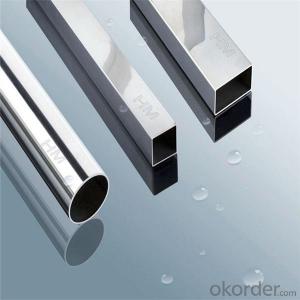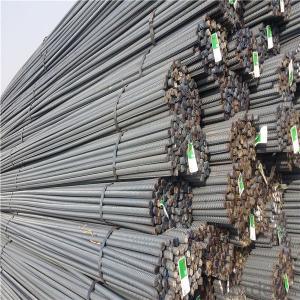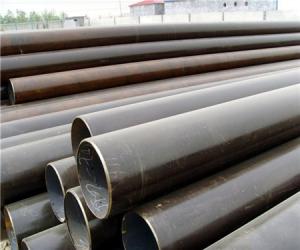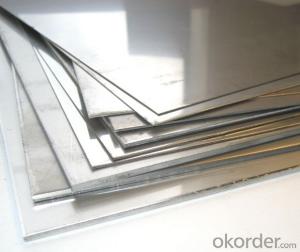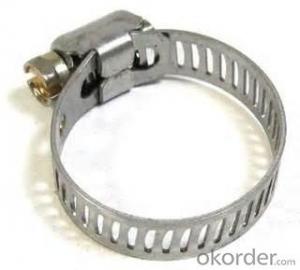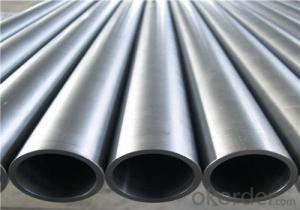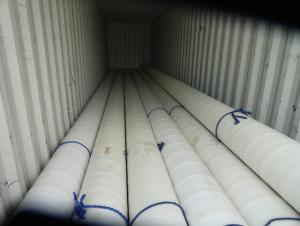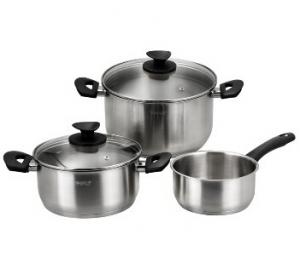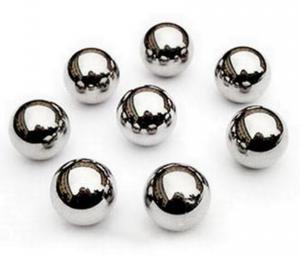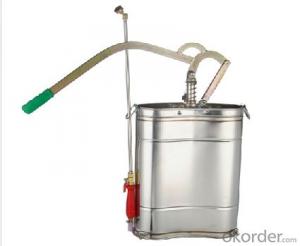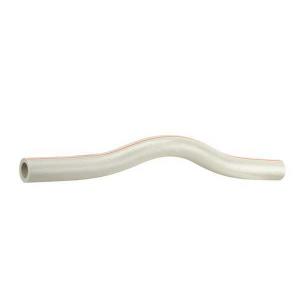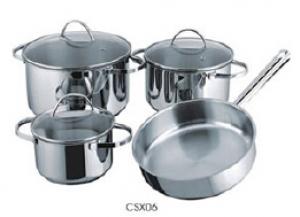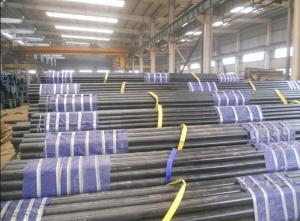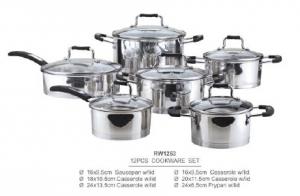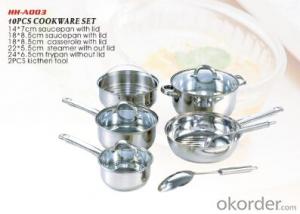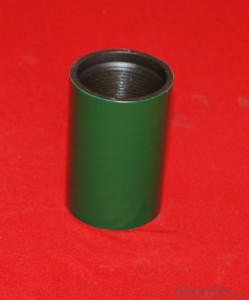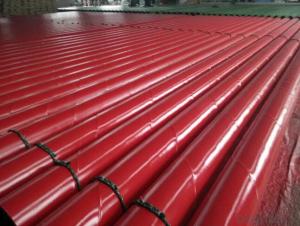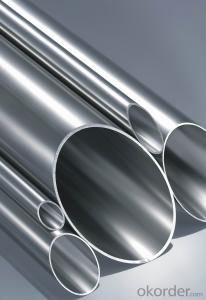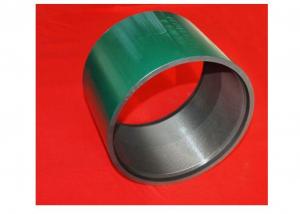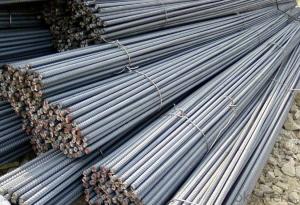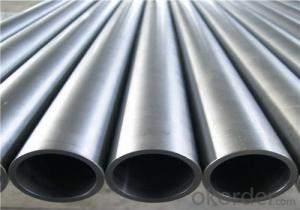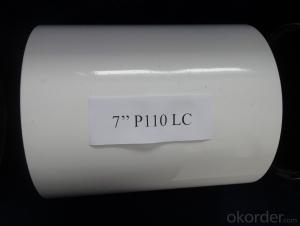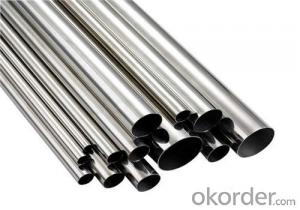3/8 In Stainless Steel Tubing
3/8 In Stainless Steel Tubing Related Searches
3/8 Stainless Steel Tubing 3 8 Stainless Steel Tubing 3/8 Stainless Steel Rod 3/4 Stainless Steel Tubing 3 4 Stainless Steel Tubing 3/8 In Aluminum Plate 3/4 In Stainless Steel Pipe 3/8 Thick Aluminum Plate 3in Stainless Steel Pipe 3 8 Stainless Steel Rod 18/8 Stainless Steel 3/8 Aluminum Plate 3/8 Inch Aluminum Plate 3 Inch Stainless Steel Pipe Stainless Steel 1/2 Tubing 3/16 Stainless Steel Stainless Steel 18/8 1/2 Stainless Steel Tubing 1 Inch Stainless Steel Tubing 1in Stainless Steel Tubing Aluminum Plate 3/8 Thick 3 4 Stainless Steel Pipe 1/8 Stainless Steel Rod 1/4 Stainless Steel Tubing 1 Stainless Steel Tubing Stainless Steel 1/8 Rod 3 Stainless Steel Pipe 1 2 Stainless Steel Tubing 1 4 Stainless Steel Tubing 13-8 Stainless Steel3/8 In Stainless Steel Tubing Supplier & Manufacturer from China
3/8 In Stainless Steel Tubing is a type of metal tubing made from stainless steel, which is known for its corrosion resistance and durability. This product is available in various sizes and specifications, making it suitable for a wide range of applications. It is commonly used in industries such as construction, automotive, and food processing due to its strength and resistance to harsh environments.The 3/8 In Stainless Steel Tubing is widely utilized in various applications, including fluid transportation, structural support, and mechanical components. Its versatility and robustness make it a popular choice for projects that require a high level of durability and resistance to corrosion. This product can be found in numerous usage scenarios, such as in the construction of bridges, in automotive exhaust systems, or in the manufacturing of industrial equipment where exposure to harsh chemicals is a concern.
Okorder.com is a reputable wholesale supplier of 3/8 In Stainless Steel Tubing, boasting a large inventory to cater to the needs of various industries. As a reliable source for this product, Okorder.com ensures that customers have access to high-quality stainless steel tubing at competitive prices. Their extensive inventory and commitment to customer satisfaction make them a preferred choice for businesses seeking to purchase 3/8 In Stainless Steel Tubing for their projects.
Hot Products
